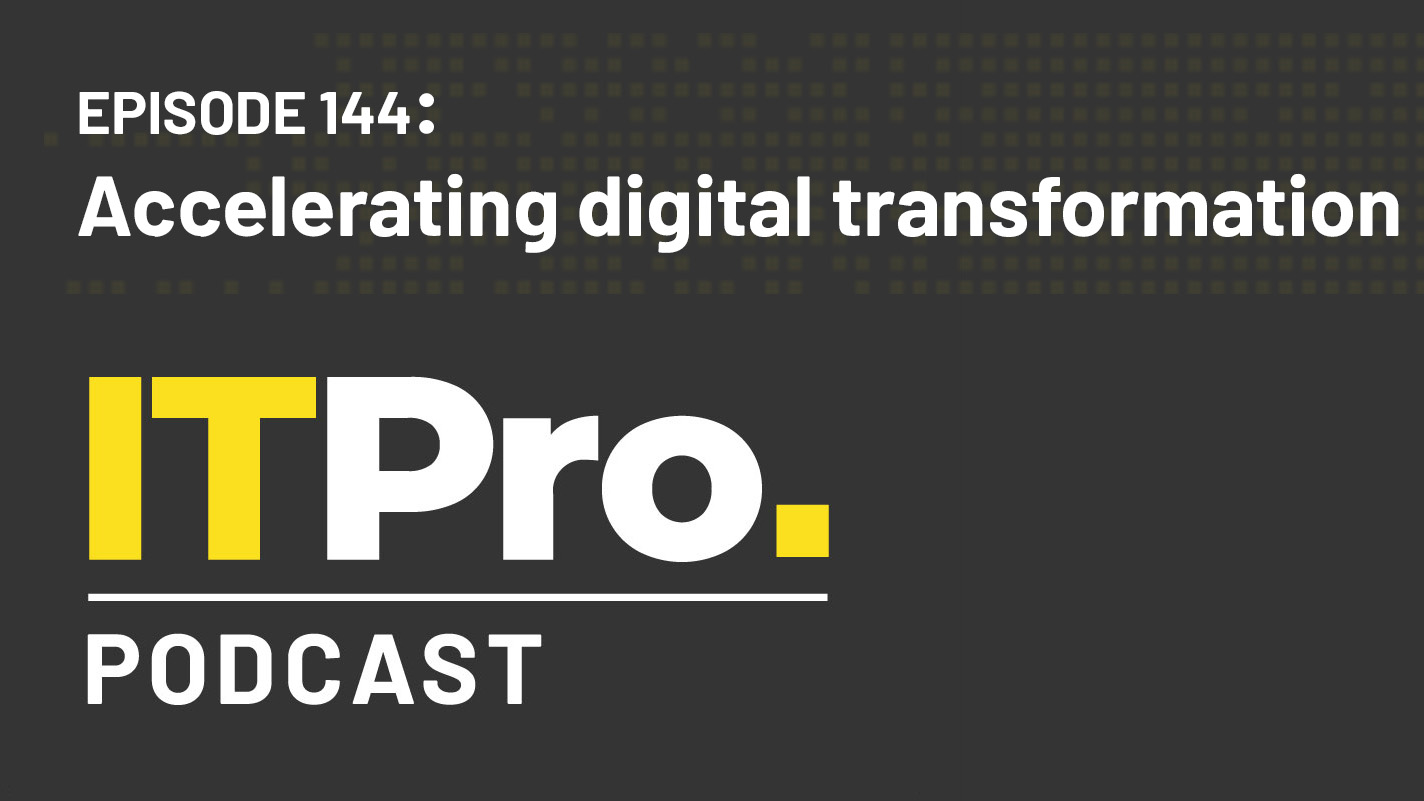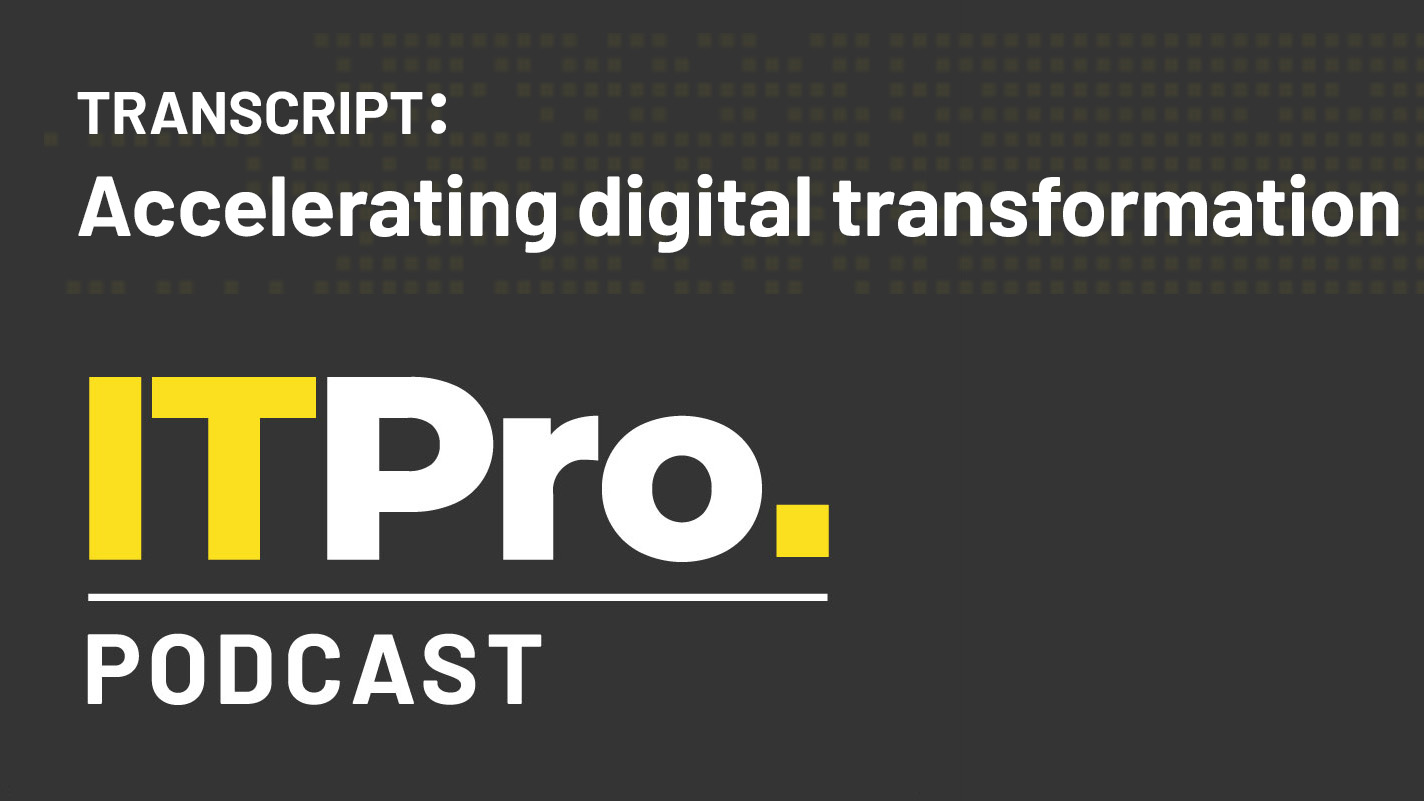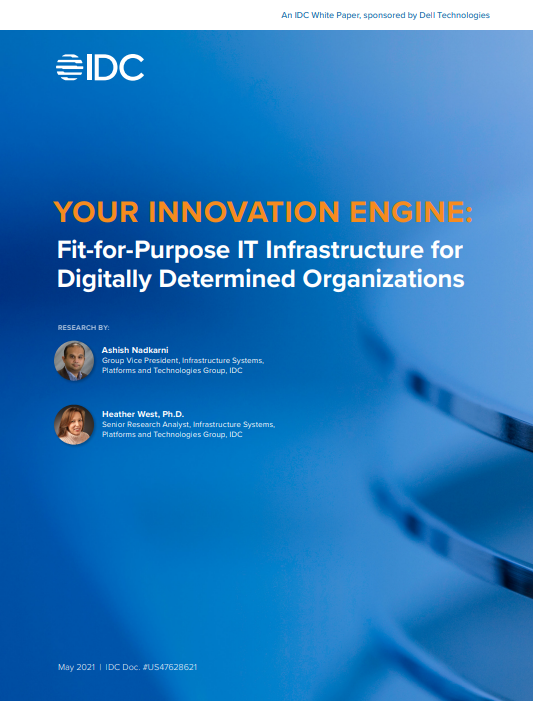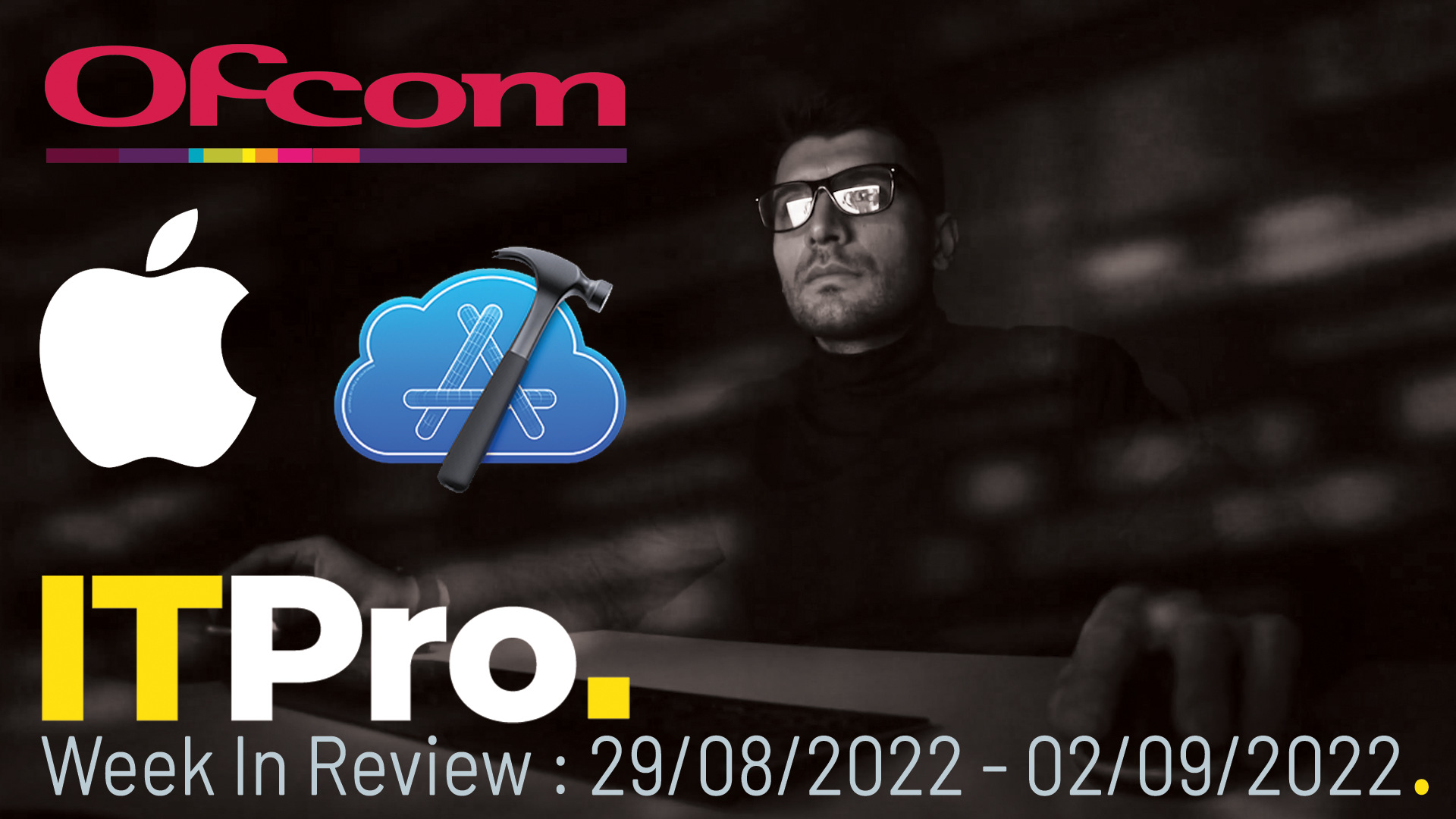Should you be a strategic or operational CIO?
The decision is yours, argues Mark Samuels. Just make sure you make the right choice...


The CIO's career is far from over. Rather than representing an executive cul-de-sac, smart IT leaders are helping organisations embrace business change in the digital age.
The continued transformation leads experts to assert that forward-thinking CIOs must assume a strategic position and eschew the operational role traditionally associated to the IT director. Consultant PWC reports CIOs increasingly hear demands from chief executives to be "more strategic" and to add value through the adoption of innovative technology, like smart mobile devices and social networking tools.
It is a given that leading edge CIOs must equally balance the daily needs and operations of the business with strategic activities and the thought leadership that sets the direction for enterprise IT
Pushing technical boundaries to aid business growth is nice in theory. But can CIOs afford to ignore operational concerns in practice, especially when IT is at the core of the modern organisation? Does the CIO really have to choose between being a strategic or operational executive?
Peter Bole, CIO at Kent County Council, says that the future role of the CIO has to be about change and the ability to show an organisation how innovative technology can create benefits for internal and external users."That part of the role is really exciting," he says.
Bole says the day job for most CIOs is often still operationally focused and centred on keeping the lights on. But, in terms of looking forward, the IT leadership role has to be about change. "The definition of doing well' for many CIOs, particularly in the public sector, is still all about operating at lower cost. Yet the long-term strategic aim of the CIO has to be to create an IT strategy for the organisation that is digital by default," says Bole.
Creating that strategy will be no easy task. CIOs are facing increased demands from employees for enterprise access to individually purchasedconsumer devices, while at the same time facing limited access to internal technology resources. Worldwide IT spending continues to grow modestly, with analyst firm Gartner reporting spending on enterprise software is expected to grow by five per cent, computing hardware by 4.3 per cent, and IT services by 1.3 per cent throughout 2012.
Sign up today and you will receive a free copy of our Future Focus 2025 report - the leading guidance on AI, cybersecurity and other IT challenges as per 700+ senior executives
CIOs must act as canny executives, ensuring worker demands for access to sexy technology are assessed against business demands for information security and organisational efficiency. It is the significance of this interplay of demands that leads Wellcome Trust head of IT Mark Bramwell to suggest that modern technology leaders definitely do not have to choose between being a strategic or operational executive.
He says a modern CIO cannot afford to lose visibility of the day job, which is about providing day-to-day, always on and always available IT services to the business. "No availability means no credibility," says Bramwell.
"The CIO's invitation to influence business decisions and add value to the organisation is based on a foundation of service availability and operational reliability. In my opinion, it is not a choice, it is a given that leading edge CIOs must equally balance the daily needs and operations of the business with strategic activities and the thought leadership that sets the direction for enterprise IT."
Bramwell provides an illustration and says CIOs who focus solely on IT operations become stale and reactive. Business needs are left unrecognised and opportunities for change are lost in favour of simply keeping the lights on and maintaining the status quo.
The converse, however, is also true. Bramwell says CIOs who focus solely on strategy can become complacent. A single focus on forward-thinking business ideas can mean best practice disciplines in crucial operational IT areas, such as capacity management, change control and supplier performance, can become lost or forgotten.
Outsourcing operational tasks to a trusted partner, warns Bramwell, also does not dissolve a CIO from non-strategic responsibilities and accountabilities. The effective IT leader, then, will keep one eye on the present and another on the future.
Mike Roberts, IT director at Warwick University, is another CIO who says the technology leadership role has become a management balance between on-going operational concerns and strategic business concerns. "I would, personally, be uncomfortable about not understanding operations," he says.
"You don't have to be a coder but you do need to be able to call on the expertise of the IT function, to understand their specialist skills and to be able to translate technology in terms the business can understand." One thing is certain, concentrating on day-to-day systems and applications challenges will not be enough.
"It's not sufficient for a CIO to be operationally good," says Roberts. "If you only do that, you will be viewed by the business as someone who simply manages technology. And IT is too important to the modern business to allow that to happen."
The crucial role of technology leads Roberts to conclude that technology professionals cannot afford to sit in the back office. Modern IT leaders must engage across the business, communicating in a form that other executives can understand.
"The rest of the organisation wants people that can talk about technology in terms of service quality and business improvement," says Roberts. "Senior executives don't want a consultant that only talks about theory. You need to be credible in delivery, too."
City of London CIO Bill Limond also identifies the importance of a focus on delivery. He says the huge amount of choice associated to technology in the digital era means CIOs need to give the business the right kind of pointers, both with regards to the technologies that employees use and the knowledge that executives use to make crucial decisions.
"The CIO has to be much more strategic and operate on behalf of the business," says Limond."If I look at the value chain associated to technology management, there is movement from information technology to information services to information management and on to information sharing."
Limond says CIOs must ensure information assets are governed. Whether an IT leader manages technology in-house or buys services externally, CIOshave to make sure there is a cultural fit between IT and the rest of the business.
"As long as you focus on supporting business intelligence, and its associated processes, you can think about systems and the technology used to support organisational decision-making," says Limond.

Mark Samuels is a freelance writer specializing in business and technology. For the past two decades, he has produced extensive work on subjects such as the adoption of technology by C-suite executives.
At ITPro, Mark has provided long-form content on C-suite strategy, particularly relating to chief information officers (CIOs), as well as digital transformation case studies, and explainers on cloud computing architecture.
Mark has written for publications including Computing, The Guardian, ZDNet, TechRepublic, Times Higher Education, and CIONET.
Before his career in journalism, Mark achieved a BA in geography and MSc in World Space Economy at the University of Birmingham, as well as a PhD in economic geography at the University of Sheffield.
-
 LastPass hit with ICO fine after 2022 data breach exposed 1.6 million users
LastPass hit with ICO fine after 2022 data breach exposed 1.6 million usersNews The impact of the LastPass breach was felt by customers as late as December 2024
-
 OpenAI says future models could have a ‘high’ security risk
OpenAI says future models could have a ‘high’ security riskNews The ChatGPT maker wants to keep defenders ahead of attackers when it comes to AI security tools
-
 Protecting CIOs' IT budgets is "paramount" in maintaining business growth
Protecting CIOs' IT budgets is "paramount" in maintaining business growthNews If CIOs are forced to make emergency budget cuts, they should also explain the risks to high level stakeholders so the responsibility is shared
-
 The IT Pro Podcast: Accelerating digital transformation
The IT Pro Podcast: Accelerating digital transformationIT Pro Podcast Implementation is just as important as the value of change
-
 Podcast transcript: Accelerating digital transformation
Podcast transcript: Accelerating digital transformationIT Pro Podcast Read the full transcript for this episode of the IT Pro Podcast
-
 Fit-for-purpose IT infrastructure for digitally determined organisations
Fit-for-purpose IT infrastructure for digitally determined organisationsWhitepaper Your innovation engine: Guiding organisations through change in the new digital economy
-
 IT Pro News in Review: CIOs face a challenge, Ofcom's telecom fines, Apple expands Xcode
IT Pro News in Review: CIOs face a challenge, Ofcom's telecom fines, Apple expands XcodeVideo Catch up on the biggest headlines of the week in just two minutes
-
 CIO role has 'drastically changed' over last 24 months, says Lenovo
CIO role has 'drastically changed' over last 24 months, says LenovoNews Globally survey suggests chief information officers have greater influence over their company now the role has expanded beyond technology
-
 How can CIOs help to close the tech skills gap?
How can CIOs help to close the tech skills gap?In-depth The most well-equipped IT leaders can take a number of practical steps to close the divide within their organisations
-
 What is a virtual CIO (vCIO) and does your business need one?
What is a virtual CIO (vCIO) and does your business need one?In-depth With tech skills in short supply, organisations are turning to temporary expertise to see through critical digital transformation projects